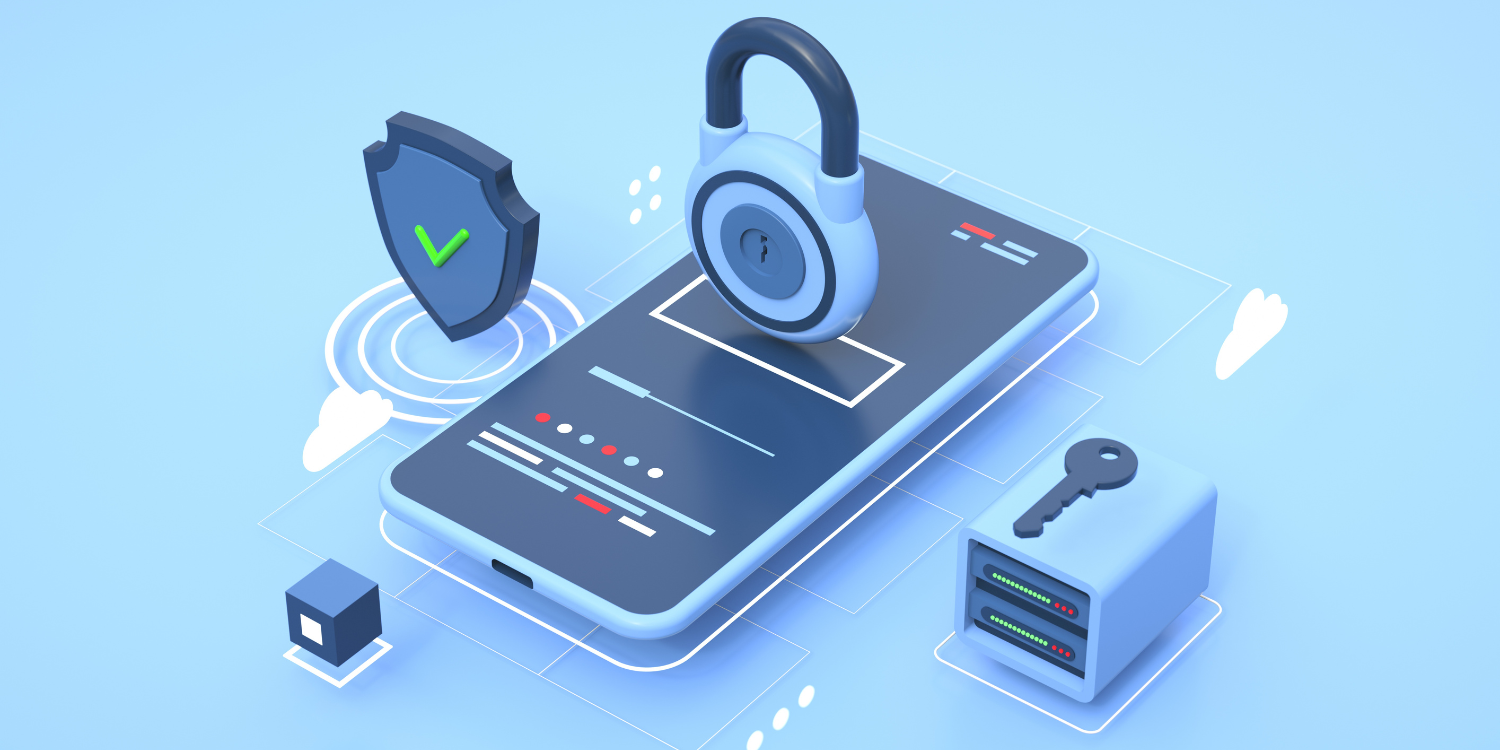With the increasing amount of data being shared online, it has become more important than ever to safeguard your sensitive information from cyber threats and breaches. Data protection and privacy are crucial for both individuals and businesses to ensure the safety and security of their confidential information. In this blog, we’ll be discussing 10 effective tips to help you protect your data and maintain your privacy.
What Is Data Protection and Why Is It Important?
Data protection is the safeguarding of personal and confidential information from unauthorized access, use, or disclosure. It encompasses both physical (e.g., locks and storage facilities) and digital (e.g., encryption, access control) measures that protect this data from being accessed or misused.
Data protection is important because it helps ensure the privacy and security of sensitive information plus prevents unauthorized access to confidential information. This is especially critical for businesses, as data breaches can lead to significant financial losses and reputational damage.
What Is Data Privacy and Why Is it Important?
Data privacy is the set of rules governing the collection, storage, use, and destruction of personal information. It involves taking measures to ensure the data remains secure and is not shared with third parties without explicit consent.
Data privacy is important because it helps protect individuals’ personal information from being used for malicious or unauthorized purposes. It also ensures that companies comply with applicable laws and regulations when handling personal information.
10 Effective Ways to Protect Sensitive Data and Comply with Data Privacy Regulations
When it comes to protecting your data and ensuring privacy, it’s important to keep the following tips in mind:
1. Establish Strong Access Controls
Establish and implement robust access control policies to restrict who can view and modify sensitive data. This includes user authentication, creating separate accounts for each user, and setting up encryption for data in transit or at rest.
2. Conduct Regular Security Assessments
Periodically assess your data security measures to identify any gaps or vulnerabilities that may exist in your network. Utilize security testing tools and best practices to help detect and fix any potential issues before they become a problem.
3. Implement Multi-Factor Authentication
Use multi-factor authentication (MFA) to add an extra layer of security for accounts with access to sensitive data. MFA requires users to provide two or more authentication factors, such as a password, token, biometrics, or other forms of verification.
4. Educate Employees on Data Protection and Privacy
Ensure employees are aware of the importance of data protection and privacy. This can include providing training for staff that covers topics such as data security best practices and data privacy regulations.
5. Use Encryption Technologies
Encrypt all sensitive information stored in databases and transmitted over networks. Furthermore, use encryption technologies like SSL/TLS, SSH, and IPSec. By doing so, you can help protect your confidential data against access by malicious actors. Ultimately, these measures will enhance the overall security of your information.
6. Regularly Backup Your Data
Regularly back up your sensitive information to protect against data loss. Ensure backups are stored in secure and reliable locations, such as off-site servers or cloud storage.
7. Monitor for Unauthorized Access
Monitor your network for unauthorized access attempts or malicious activity by using security tools such as intrusion detection systems (IDS) and web application firewalls (WAFs). This can help you stay ahead of potential threats and prevent data breaches.
8. Dispose of Data Securely
When disposing of hardware or digital media with sensitive information on it, ensure that the data is securely wiped or destroyed beyond recovery. This includes shredding hard copies and erasing electronic files with specialized software specifically designed for secure digital deletion.
9. Use Data Loss Prevention (DLP) Solutions
Data loss prevention solutions can help protect your information from unauthorized access or sharing by monitoring for potential leaks and flagging any suspicious activity. This can help you identify data breaches before they occur and take the necessary measures to prevent them.
10. Comply with Data Privacy Regulations
Complying with data privacy regulations, such as GDPR and CCPA, is essential for protecting user data and avoiding costly fines. Keeping up to date on current legislation and best practices can help ensure that your organization remains compliant with these laws.
Conclusion
Data protection and privacy are essential for safeguarding your sensitive information from cyber threats and breaches. By following these 10 effective ways to protect your data, you can help ensure the safety and security of your personal and confidential information.
If you are looking for the best solution to protect your data, reach out to us. SwiftTech Solutions is the trusted cybersecurity partner of businesses across the world to protect their data and privacy. With our comprehensive suite of security solutions and services, we can help you secure your data from malicious actors and ensure compliance with data privacy regulations. Contact us today to learn more!

